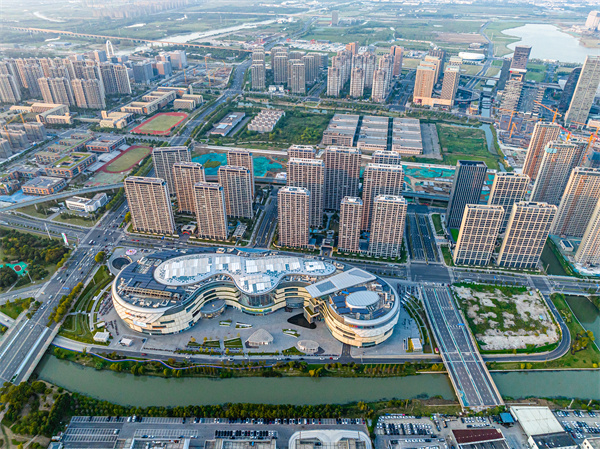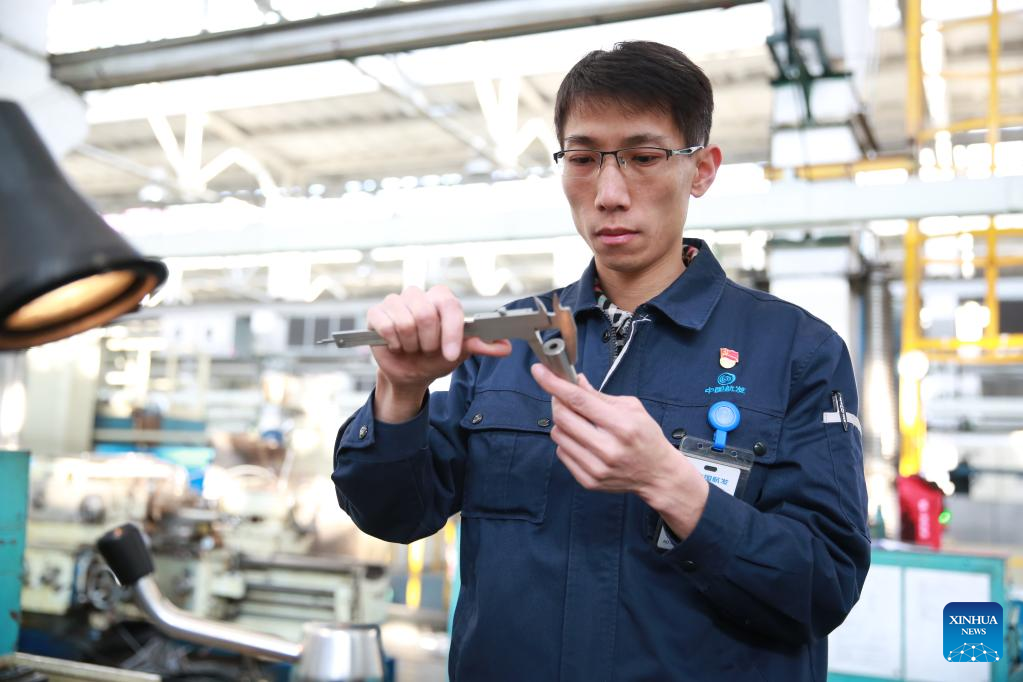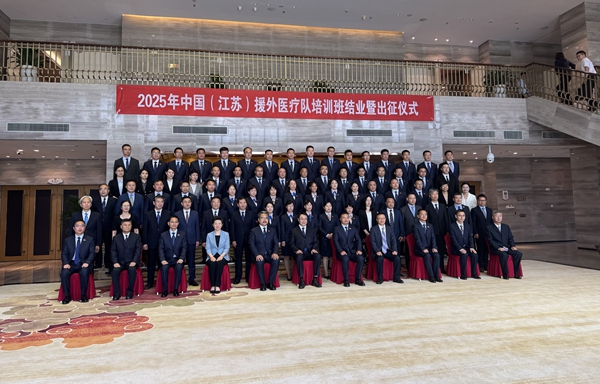
The Xidong New Town in Wuxi City
The Xidong New Town in Wuxi City and the High-speed Rail New Town in Suzhou City have been designated as pilot areas for achieving net zero carbon emissions in Jiangsu Province. This program is the first of its kind in China to achieve carbon neutrality in urban-rural construction.
The two new towns will focus on constructing high-quality green buildings and industrial parks with near-zero emissions. They will promote the coordinated development of intelligent construction and the industrialization of construction, while supporting villages to adopt low-carbon practices. The pilot areas aim to peak carbon emissions in the construction sector by 2028.
Jiangsu has been leading nationwide in terms of building energy efficiency and green building development. The province's green buildings have amounted to 1.17 billion square meters, in which over 99% of new buildings in urban areas meet green recognition standards, and buildings powered by renewable energy boast a total floor area of 880 million square meters.
As the construction sector is a significant contributor to carbon emissions, the province has implemented a series of measures since 2022 to promote green and low-carbon development in urban and rural construction, with a clear timetable and roadmap established to guide these efforts.
The Xidong New Town, with a planning area of 1.97 square kilometers, includes office buildings, cultural and sports buildings, low-carbon communities and green villages. The pilot area has set realistic targets for gradually embracing low-carbon construction, such as increasing the total area of green buildings to 1.07 million square meters, ensuring all new buildings meet the two-star green building standards, and utilizing 60% of rooftops for PV power generation.

The High-speed Railway New Town in Suzhou City (CFP Photo)
The High-speed Railway New Town, spanning an area of 2.25 square kilometers, will increase the proportion of three-star green buildings and integrate the use of various energy sources, such as electricity, steam, gas and solar power, while enhancing energy utilization efficiency in more aspects.




















